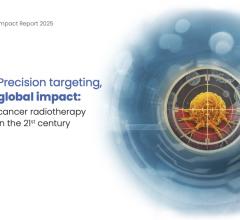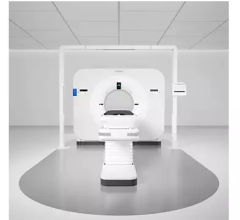
April 18, 2017 — The University of Texas MD Anderson Cancer Center in Houston, Texas, will collaborate with RaySearch on the development of RayCare, the next-generation oncology information system. The agreement covers all of MD Anderson’s sites in the Greater Houston area, including five regional cancer centers. One goal of the collaboration is to enable clinical implementation of RayCare in a complex and large-scale environment.
MD Anderson is one of the world’s largest cancer centers and a global leader in clinical research. The center treats around 130,000 patients per year and has over 20,000 employees. The scale of its operations make efficiency and safety key priorities, and these will be significant strengths of the RayCare system.
RayCare is designed to unify and consolidate the different software systems that are commonly in operation, including systems for medical oncology, radiation oncology and surgical oncology. Integrating the varied activities in these workflows saves time, reduces complication and minimizes the risk of errors that can occur when transferring information between systems. Potential benefits for patients include a smoother treatment experience and better continuity of care.
This is the next step in a strong strategic collaboration that combines the research and development strengths of MD Anderson and RaySearch, with the aim of converting research findings into practical solutions that can be brought to market quickly for the benefit of cancer clinics everywhere. MD Anderson has also started using RayStation to generate clinical treatment plans. This is the first phase of a planned clinical rollout that follows extensive training of the clinical teams. RayStation and RayCare are designed to integrate seamlessly, paving the way for even greater gains.
For more information: www.raysearchlabs.com


 November 04, 2025
November 04, 2025 









